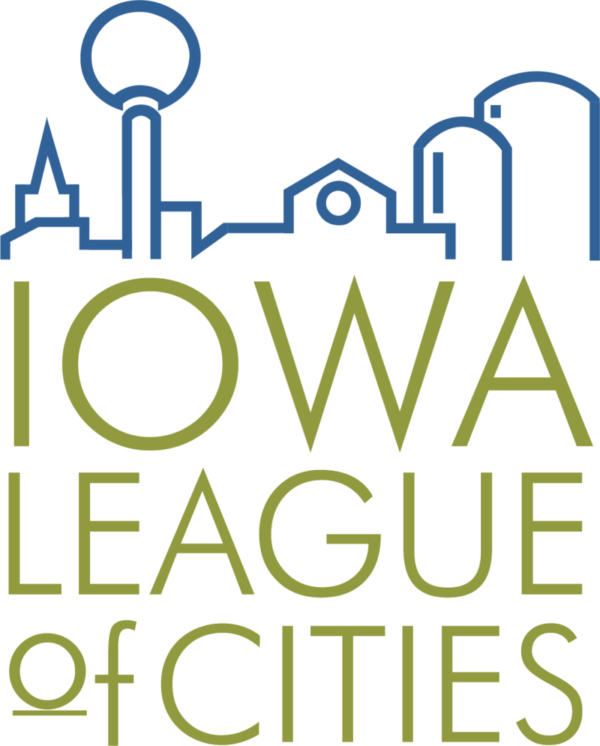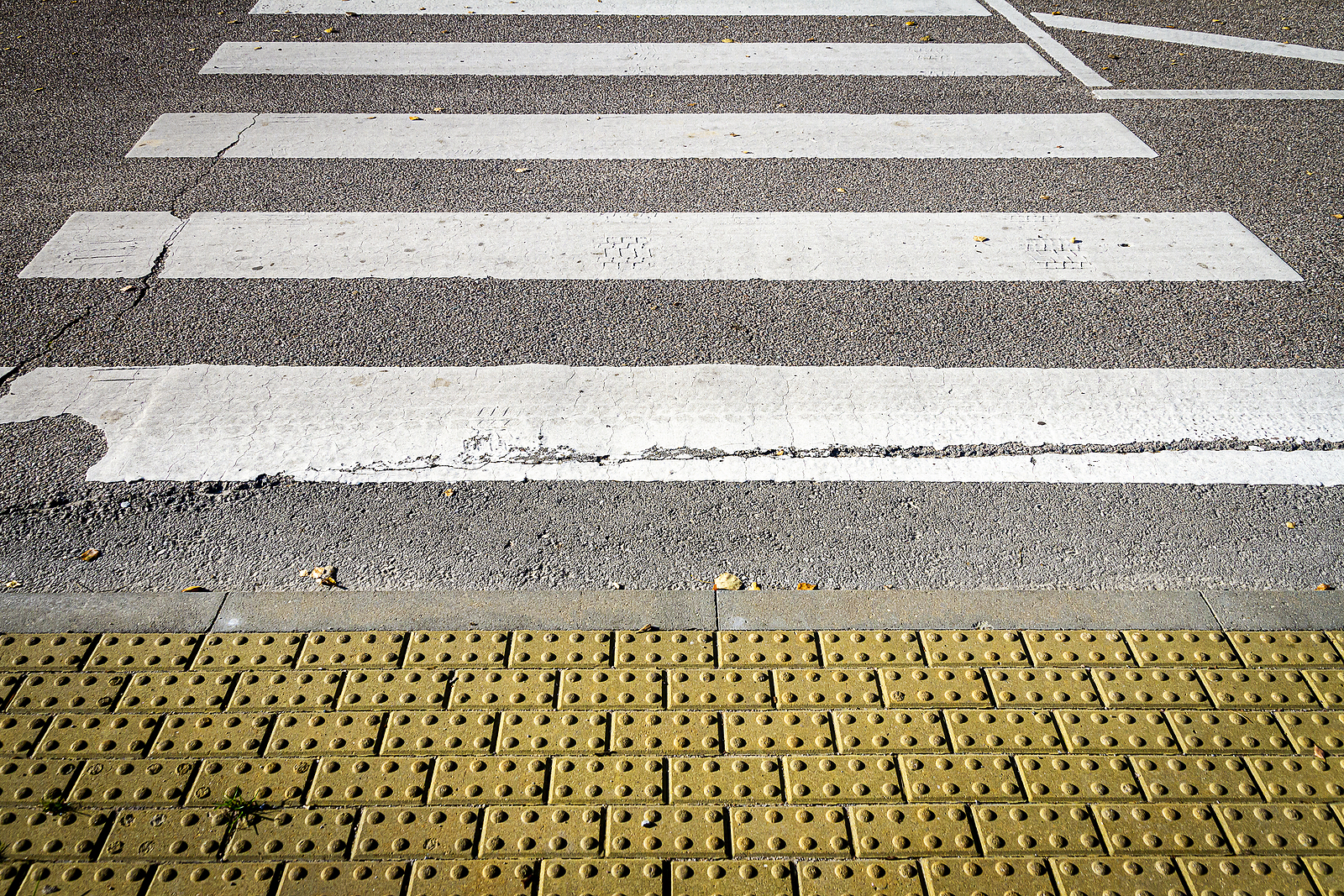Many people are aware of the role that Title II of the Americans with Disabilities Act (ADA) of 1990 has played in impacting accessibility in public infrastructure. What is less apparent is the Iowa Department of Transportation’s (IDOT) role in ensuring accessibility for all in the public right-of-way as a Civil Right.
The Civil Rights Act and the ADA
Accessibility for all as a Civil Right through the ADA of 1990 started with a series of legislation beginning with Title VI of the Civil Rights Act of 1964. Title VI prohibits discrimination in federally-assisted programs. Section 504 of the Rehabilitation Act of 1973 prohibits discrimination on the basis of disabilities. This legislation applies specifically to programs that receive federal aid. The Civil Rights Restoration Act of 1987 clarified the intent of previous Civil Rights legislation and outlined that if a sub-recipient receives one dollar of federal assistance for any of their programs, Title VI of the Civil Rights Act of 1964 applies to them. Civil rights are rooted in a concept called “simple justice”. Simple justice requires public funds, to which all taxpayers contribute, not be spent in any fashion which results in discrimination. It should not be necessary to resort to the courts to prevent each individual violation. The IDOT Office of Local Systems has a more in-depth summary available in Instructional Memorandum (I.M.) 1.070.
Discrimination is defined as the act (action or inaction), whether intentional or unintentional, through which a person in the U.S. solely because of their race, color, sex, age, disability or national origin is subjected to disparate or unequal treatment or impact in any program or activity receiving federal financial assistance from any source, including the Federal Highway Administration (FHWA), either directly or through the IDOT. A sub-recipient’s transportation program includes its roads, sidewalks and transit system regardless of whether it received Federal or local funding. The FHWA and the U.S. Department of Transportation (DOT), along with the IDOT, encourage voluntary compliance with non-discrimination requirements through education, analysis, implementation and evaluation.
The intent of Title VI of the Civil Rights Act is to eliminate barriers and conditions that prevent minorities, low income, limited English proficient, and other disadvantaged groups and persons from receiving access, participation, and benefits from federally-assisted programs, services and activities. The ADA of 1990 establishes disabled persons as a disadvantaged group afforded the protections from discrimination through the Civil Rights Act. The law required all public agencies to comply with the ADA starting on January 26, 1995, or as expeditiously as possible.
Impact on Public Right of Ways
As transportation facilities are altered they must be brought into compliance with ADA. This includes curb ramps and pedestrian accessibility paths in the public right-of-way. If a Local Public Agency (LPA) has more than 50 employees or has received federal assistance on a transportation project and is not in full compliance, they must have a transition plan documenting what is not in compliance and how and when they will become compliant. While a transition plan must address all services, programs and activities owned or operated by the LPA, the IDOT only reviews the plan for the pedestrian routes in the public rights-of-way, not accessibility on public property. The IDOT offers guidance in creating a transition plan as well as a sample transition plan, to serve as a guide only, in the Office of Local Systems I.M. 1.080.
In 2010, the DOT adopted the U.S. Access Board’s (Access Board) “Americans with Disabilities Act Accessibilities Guidelines” (ADAAG). These standards did not address many of the design considerations associated with the construction or alterations to pedestrian facilities in the public right-of-way. In response, the Access Board developed the2011 Proposed Guidelines for Pedestrian Facilities in the Public Right-of-Way (PROWAG). While these guidelines are still in draft format, they are recommended for use by the FHWA as the current best practice and will likely become the accessibility standard for pedestrian routes in the public right-of-way.
To help LPAs better apply federal regulations, the IDOT and Iowa Statewide Urban Design And Specifications (SUDAS) developed a new joint Chapter 12 on sidewalk design in their respective Road Design Manuals. Chapter 12 was developed, reviewed and supported by the FHWA Iowa Division as the standard for use by all governmental entities in the state of Iowa.
Under the law a facility does not need to be brought into compliance until it is altered. Maintenance type work is not considered an alteration. Alterations are generally defined as reconstruction, rehabilitation, mill and fill, micro-surfacing, thin lift overlays, widening and projects of a similar scale and effect. Maintenance is typically considered minor work such as crack filling and sealing, chip seals and slurry seals. An explanation on what constitutes an alteration or maintenance is available in Section 12A-2 of the joint IDOT/SUDAS Design Manual.
Typically, the IDOT receives the most complaints related to ADA sidewalk accommodations when the crosswalk is altered as part of a road project, but the adjacent curb ramps are not brought into compliance. Complaints are reviewed by the IDOT and a recommendation is provided to the FHWA Iowa Division. The FHWA reviews the recommendation and provides comments for the U.S. Department of Justice (USDOJ) to make a final decision. In some cases, the final decision from the USDOJ has required the LPA to allocate up to 20 percent of their annual transportation program (street budget) to ADA improvements. Because all facilities must be brought into compliance eventually, it is recommended that a LPA lean towards upgrading curb ramps whenever work performed along a road may not be clearly considered maintenance.
Accessibility for all is a Civil Right and an obtainable goal. The IDOT is committed to assisting LPAs in developing their transition plans as they pertain to pedestrian routes in the public right-of-way. The IDOT and Iowa SUDAS have partnered with each other to develop standards for use by all government entities in Iowa. Additional information is available through the IDOT’s Office of Local Systems.
Content provided by John Dostart, P.E. and the Office of Local Systems at the Iowa Department of Transportation






